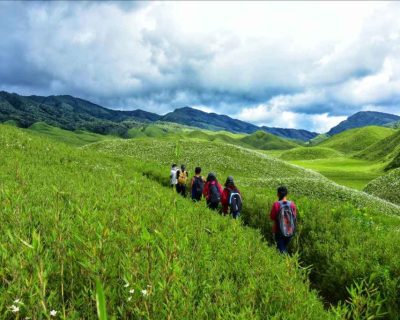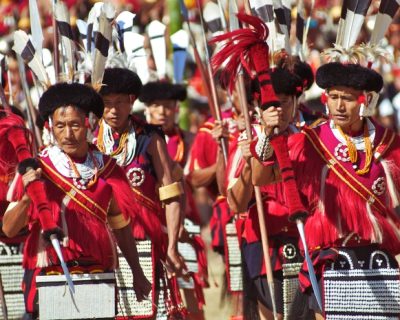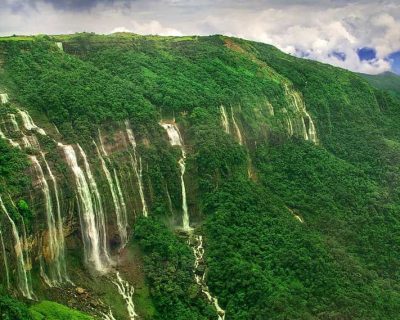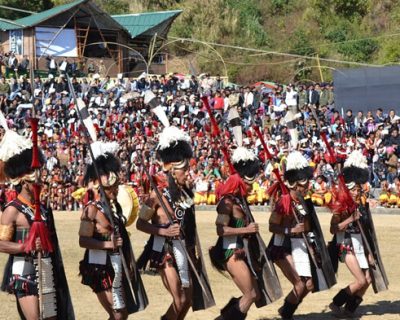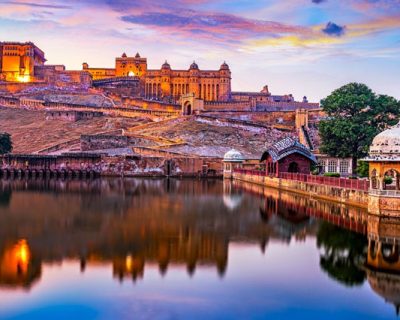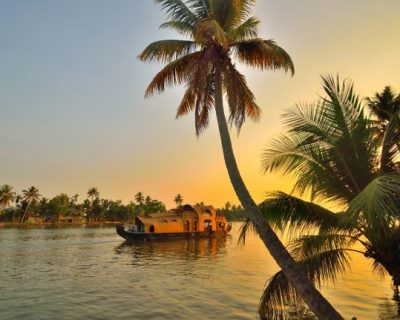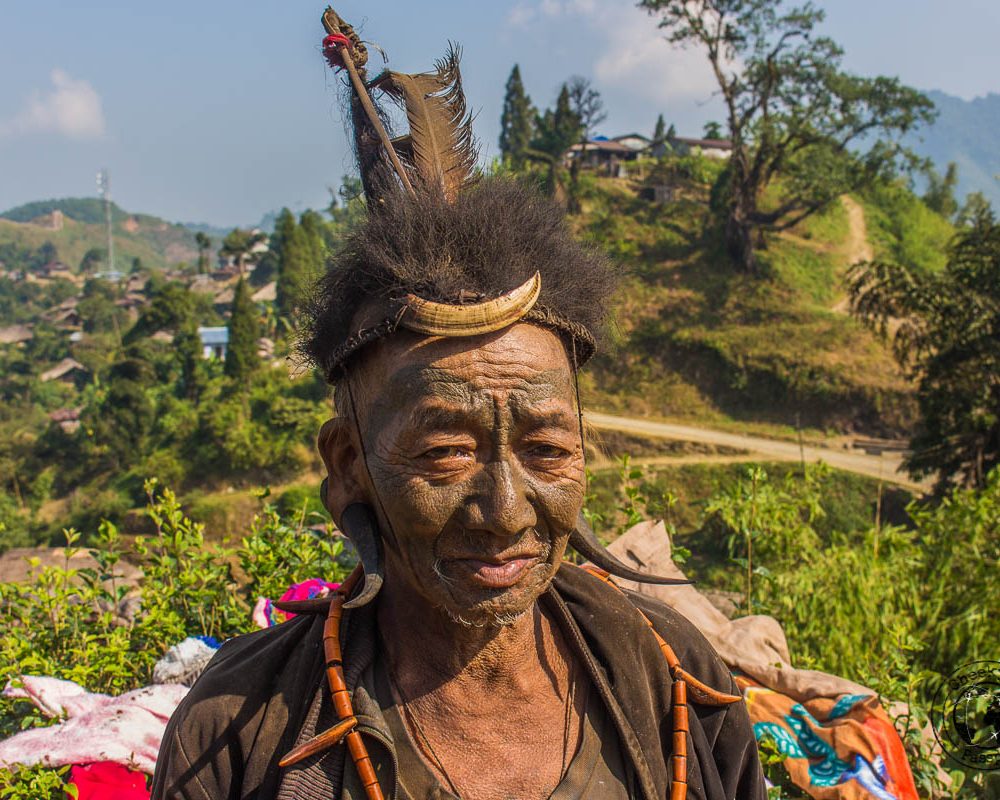Discover Nagaland
Nagaland tour packages
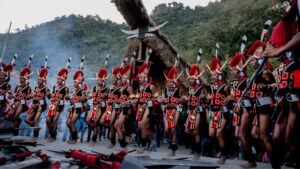 Nagaland is a landlocked state in the North-eastern India bordered by the state of Arunachal Pradesh to the North, Assam to the West, Manipur to the South, and the Sagiang region of Myanmar to the East. It has an area of 16,579 sqkm (6401sqmi) with a population of 22 lakh (about 2 million) making it one of the smallest state in India. The capital in Kohima and its largest commercial city is Dimapur. Dimapur is the gateway to Nagaland and is the only place well connected by airways, railways and roadways.
Nagaland is a landlocked state in the North-eastern India bordered by the state of Arunachal Pradesh to the North, Assam to the West, Manipur to the South, and the Sagiang region of Myanmar to the East. It has an area of 16,579 sqkm (6401sqmi) with a population of 22 lakh (about 2 million) making it one of the smallest state in India. The capital in Kohima and its largest commercial city is Dimapur. Dimapur is the gateway to Nagaland and is the only place well connected by airways, railways and roadways.
Nagaland offers unending exploration possibilities from heritage to wildlife sanctuaries. A lush green mountainous state, home to diverse culture, traditions and different ethnic groups.
Tourism in Nagaland offers unique experiences. The destination consist of 16 major tribes, each unique to its own and each tribe has different unique festivals.
On every first week of December, tourist and local people gather to the Kisama Heritage Village in Kohima to witness the famous Horn bill festival, where all the tribes participate to the times of different folklore songs and dances. You will find the different showcase of the Naga cuisine, folk culture and tradition during this event.
Nagaland is a paradise for Nature enthusiasts because this place is home to various flora and fauna and you can also take up a trekking tour to some best trek place in Nagaland. Camping and trekking are both an exciting adventure done in Nagaland.
Nagaland is truly a fascinating land which will leave your wanderlust soul totally mesmerized. And this exotic holiday destination will offer you ample amount of festivals and cultural ambience to blend in with the locals.
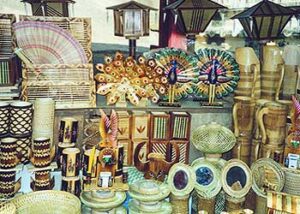
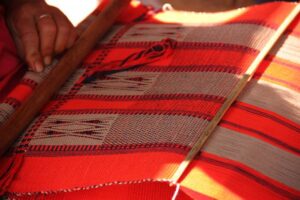 Arts and Crafts are intricately woven into the culture of Nagaland. The state is home to around 16 major tribes who have long perfected the art of creating magnificent items from very little resources. By using products from the farms, fields and forests, they make their own clothes, utensils, medicines, and objects of ritualistic and aesthetic value. Visit the Naga villages where the huge village entrance gates, house pillars and morungs speaks volumes about the craftsmanship of the people of the state.
Arts and Crafts are intricately woven into the culture of Nagaland. The state is home to around 16 major tribes who have long perfected the art of creating magnificent items from very little resources. By using products from the farms, fields and forests, they make their own clothes, utensils, medicines, and objects of ritualistic and aesthetic value. Visit the Naga villages where the huge village entrance gates, house pillars and morungs speaks volumes about the craftsmanship of the people of the state.
The handicraft of Nagaland are designed in beautiful patterns which depict the traditions of the Nagas. They are in great demand in India and abroad. The use of vibrant colors and unique patterns in design in the fabrics make them look very attractive. Nagaland shawls are very famous among many tourists. They are woven into different designs depending on the different tribe customs and cultures. Cane and bamboos are produced in abundance in the forest of Nagaland. The local nagas utilize them to make various items such as baskets, hats, armlets, necklace, mats, shields, and other decorative items. Beautiful pots in various designs are made by the use of hands only. Blacksmith is practiced by most of the tribes. The Konyak tribe are among the best blacksmiths in Nagaland.
The Hornbill festival of Nagaland is one of the biggest cultural extravaganza in the North East of India. In Nagaland, it is also called “festival of festivals”. This festival is held every year from 1-10 Dec in Nagaland. The significance of this festival is to encourage inter-tribal interaction, to revive, protect, and promote the richness of the Naga heritage and traditions.
The Hornbill festival takes place at the Naga heritage village in Kisama, about 12km from Kohima- capital of Nagaland. During this event, all the tribes of Nagaland come together and take part to showcase the age-old rich tradition. for visitors, it means a closer understanding of the people and culture of Nagaland, and an opportunity to experience the exotic food, folk songs, dance and customs of Nagaland.
This week-long festival unites one and all in Nagaland and people enjoy the colorful performances, crafts, sports, food fairs, games and ceremonies. also, rich display of traditional arts includes paintings, wood carvings, and sculptures. The warrior log drums colorful head gear, the soulful war cry, the exquisite customs etc. all are simply remarkable. Delicious local cuisine and delicacies that are typical to each of the Naga tribes are served in their respective Morungs (Boy’s dormitory) along with the finest local rice beer called Zutho.
The Hornbill festival has contributed significantly to enhancing the states tourism brand. The festival allows tourist to have an insight into the different tribes of Nagaland and also foster understanding of the rich cultural heritage of the state.
Kohima Night Bazar: The Kohima night bazaar is also an interesting aspect of the Hornbill festival. The stretch of the Kohima main town comes alive for 10 nights with food, music and fun. The street is crowded with various food stalls serving out some of the finest delicacies and its simply amazing walking through the hustle-bustle.

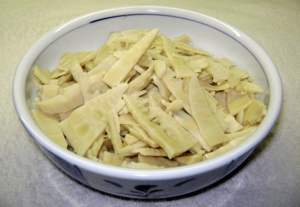 Each tribes in Nagaland has unique traditions and practices. In Nagaland, many things are still done traditionally. A normal naga meal would include rice, some meat, boiled vegetables, and spicy chilli sauces. Main ingredients of the food are:
Each tribes in Nagaland has unique traditions and practices. In Nagaland, many things are still done traditionally. A normal naga meal would include rice, some meat, boiled vegetables, and spicy chilli sauces. Main ingredients of the food are:
Bamboo shoot: An important ingredient mainly used in pork preparation. Bamboo shoot are used in fresh, dried, fermented and pressed liquid form as vinegar.
Axone (fermented soyabean): Axone or akhuni is used by every household in Nagaland. It is used along with other vegetables for making stew, chutney, smoked pork and dried beef.
Anishi (dry colocasia stems and leaves): It is best cooked with either fresh pork or smoked pork.
Fermented dry fish: Mainly used for making chutney or cooked with colocasia, or potatoes and vegetables.
Some dishes are similar to the Burmese and Thai dishes. Some lip smacking naga delicacies are – dried pork, smoked pork stew, pork with dry bamboo shoots, boiled vegetables, bamboo steamed fish, roasted intestines, bean mix vegetables, bitter melon, chicken glutinous rice soup, dry eel chilly chutney, and the list goes on. Nagas love meat and you will find lot of tasty meat delicacies and also you will find some bizarre insects and worms delicacies popular to some certain tribes among the nagas.
Also, your visit is never complete without a bite into the Bhot Jolokia – the naga king chilli. Also known as ghost pepper. This chilly is one of the hottest chillies in the world. The local rice beer called Zouthou is also a must try for every visitors to Nagaland.
Nagaland is a mountainous region with rivers and big streams running through. The state sees high rainfall and humidity and this season is usually avoided for travelling due to common landslides and rock blockages. Summers are cooler than the rest of India because of the higher in altitude and is ideal time for visiting. Winter is the preferable season as the weather is mild and you will sufficient time to explore. Since its peak time during winters, it would be best for all travelers to book their travel and stays in advance.
The ideal month to visit Nagaland would be from October to May. From April onwards, the weather starts getting a little hot, but just the perfect time to go for adventure activities. If planning a vacation to Nagaland, see below the temperature variation in different seasons:
- Summer (April – June/ 16°C -30°C): Mostly summers are humid and moderately hot. This season also brings a cool breeze and is the shortest season in this region.
- Monsoon (July – September/ 21°C – 40°C): The monsoon in Nagaland sees medium to very heavy rainfall depending on the location of the region and its relation to the surrounding mountains. This season is the agricultural season and tourist activity is minimal.
- Winter (Oct – March/ 4°C – 24°degreeC): Thought the temperature is cool in Nagaland, winters are exceptionally pleasant due to the low humidity and cooler temperatures. Regions at higher altitude experiences frost and temperature as low as 4 degrees with intermittent snowfall. Tourist activity is a boom. Activities like trekking, bird watching, touring the local places and experiencing the customs of the state are ideal during this season.
Please Note: For accommodation in Nagaland and also in most parts of the North-Eastern regions, it will be in the form of basic and standard category. During trekking and village tours, it will be local homestays and camping tents with shared bathrooms. But no alarm, though very basic and simple, it will be clean lodgings.
Foreign (International) Tourists
In a bid to boost tourism, the North East states of Manipur, Mizoram and Nagaland all scrapped the requirement for Foreign Visitors to apply for a Protected Area Permit (RAP, PAP) on the 1st Jan 2011.
So for travel to Nagaland, Assam, Meghalaya, Manipur, Mizoram and Tripura, permits are not required for foreign passport holders.
Arunachal Pradesh – Visitors still require permits.
Sikkim – Visitors still require permits.
This relief is not applicable to citizens of Pakistan and China who still require permits to visit Nagaland.
Foreign tourists will still need to register themselves at the nearest local Police station upon their arrival to Nagaland.
Domestic (Indian) Tourists
An Inner Line Permit (ILP) is required for Indian (Domestic) tourists entry into Nagaland.
Exception: Citizens of Pakistan, Bangladesh, China and foreign nationals having their origin in these countries will require prior approval from the Ministry of Home affairs before entering the state.

